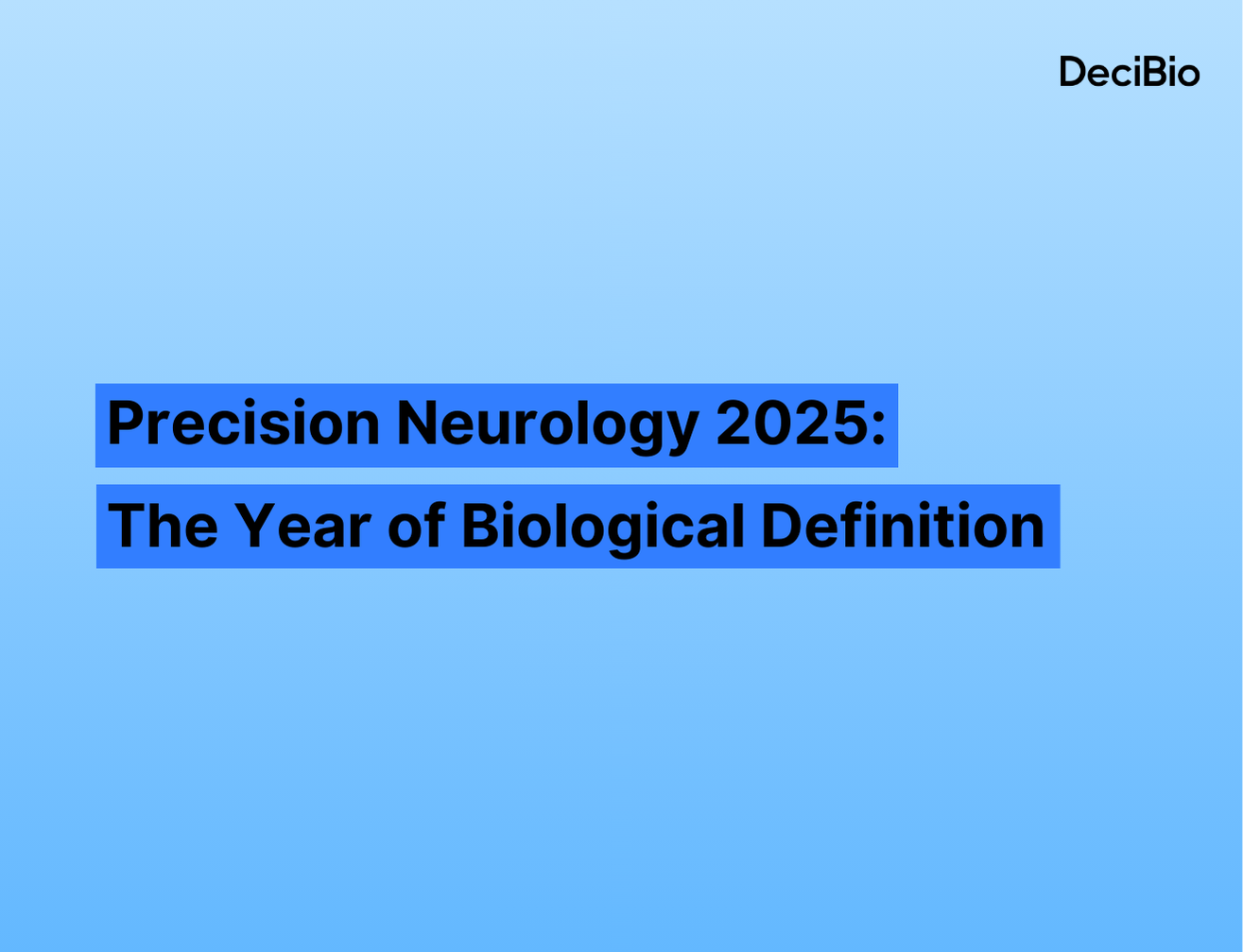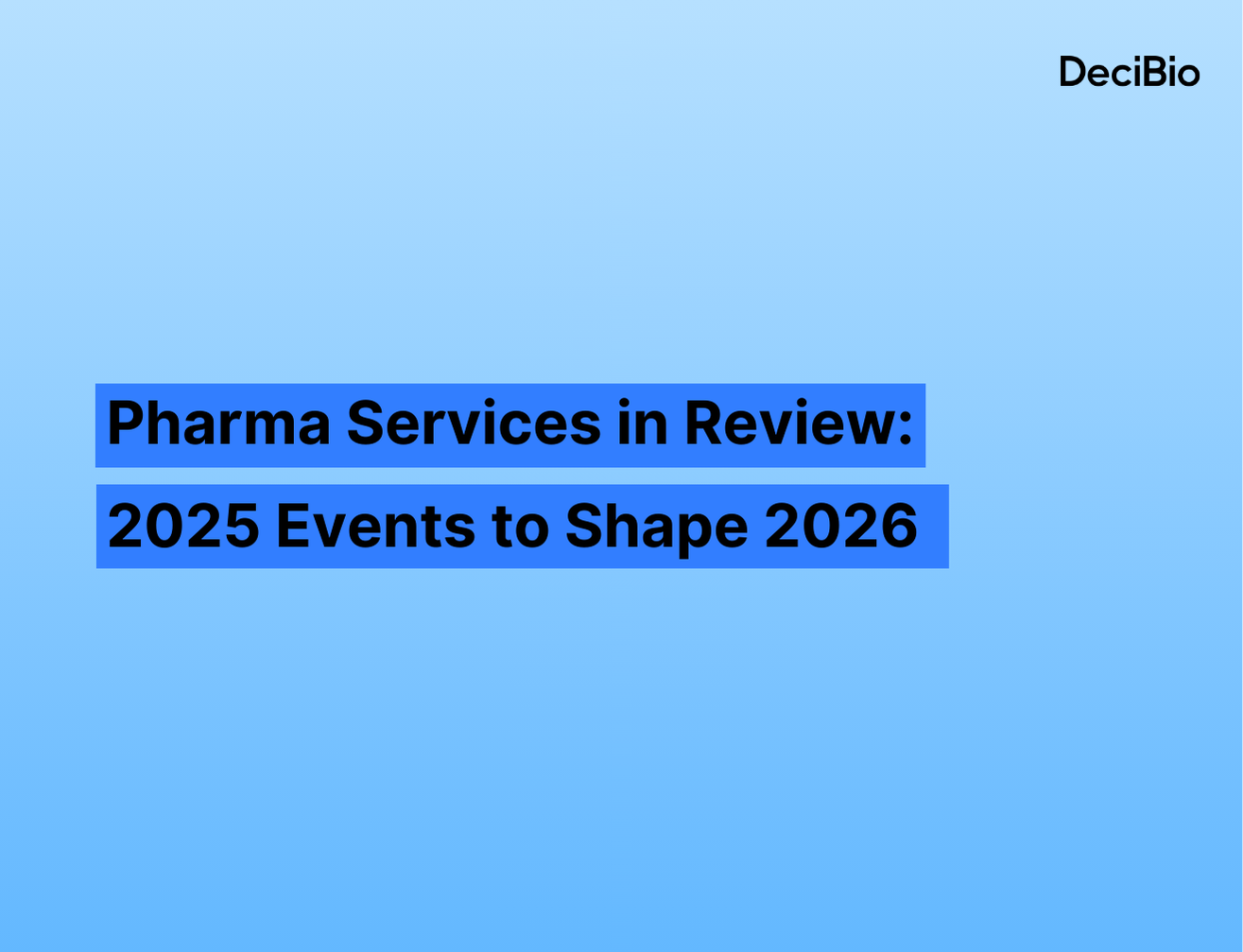The fertility market is growing rapidly, as seen in many recent headlines highlighting deals in the space. Kindbody just achieved the largest fertility raise in history with a $62M Series C funding round. Ro acquired Modern Fertility for $225M in Q2 to build out its women’s health practice. Philips and Merck KGaA launched a multi-year partnership earlier this year focused on leveraging digital technologies to innovate AI-driven fertility treatments.
The U.S. fertility market is projected to reach $15B by 2023, while the global fertility market is estimated to reach $36B by 2023 and $50B by 2030. Global investment in fertility-related startups quadrupled between 2014-2019, with a total of $2.2B invested over that period. Startup activity is rapidly growing across product segments ranging from period-tracking apps and wearables (e.g., Ava, Clue) to direct-to-consumer ovulation and hormone tests (e.g., Modern Fertility, Proov, Mira) to fertility care delivery networks (e.g., Kindbody, Tia) to novel diagnostics (e.g., Igenomix, Future Fertility) and novel treatments (e.g., INVOCELL, Spertility).
One in eight couples struggle with fertility globally; these figures may be underestimates. One third of adults in the U.S. have used fertility treatments or know someone who has. >300k cycles of assisted reproductive technology (ART) are conducted in the U.S. per year, resulting in ~80k ART live births annually. Infertility is clinically defined as a couple struggling to conceive for 12 months, and has several potential causes. Roughly ⅓ of cases are driven by female infertility, ⅓ by male infertility, ⅓ by both or unexplained pathology.
FIGURE 1: INFERTILITY CAUSES & WORKFLOW

Diagnostic workups for infertility include several lab tests and imaging. Molecular testing to identify causes of infertility is not yet routine, though sperm DNA fragmentation testing is gaining some traction.
Research shows genetic factors may play a role in both male and female infertility, including recent findings on genetic mutations in FSIP2 linked to defects in sperm flagella, as well as whole-exome sequencing analysis uncovering several candidate mutations associated with female infertility and recurrent pregnancy loss. Proteomic analysis also continues to expand our understanding of fertility mechanisms beyond well-established hormones, including research on TEX101, NELL2, PLCzeta, and MPO. Further research could help uncover molecular and biological causes of infertility and provide novel avenues for future diagnostics and treatments.
Robust clinical adoption of precision medicine in the fertility space is limited to a few key applications for genomic sequencing, namely pre-implantation genetic testing (PGT) and endometrial receptivity analysis (ERA). Preimplantation genetic testing involves sequencing embryos fertilized in vitro in order to screen for chromosomal abnormalities. PGT is offered by a growing number of kit and service providers (e.g., Natera, Invitae, Illumina, BGI). Endometrial receptivity analysis is a sequencing-based test offered by Igenomix that analyzes nearly 250 gene expression signatures to predict the optimal window of implantation for IVF.
FIGURE 2: EMERGING FERTILITY DIAGNOSTICS

Innovation in fertility diagnostics spans several technology segments, including genomics / transcriptomics, imaging, big data analytics and health tech (e.g., wearables, apps). Most activity is currently focused on female infertility, but some recent efforts aim to address male infertility, such as the Cap-Score test which assesses sperm capacitation to determine whether sperm can fertilize an egg. Key innovations in each technology segment include:
- Genomics / Transcriptomics:
- Embryonic cell-free DNA collected from the culture environment offers a non-invasive and more comprehensive approach to preimplantation genetic testing (PGT), pioneered by Igenomix with their EMBRACE test. cfDNA analysis may provide advantages over traditional PGT methods (i.e., trophectoderm biopsies collecting <10 cells) due to increased comprehensiveness of aneuploidy detection and mosaicism characterization.
- Sperm DNA fragmentation analysis is increasingly encouraged by research for broader adoption earlier in diagnostic workups. Start-up Legacy offers a fragmentation analysis add-on for its at-home sperm collection kits.
- Microbiome-focused fertility tests (e.g., Microgenesis) assess the impact of microbiota on fertility via microRNA analysis to provide customized holistic treatment solutions focused on diet, supplements, probiotics, and exercise.
- Imaging
- AI-driven imaging aims to optimize gamete and embryo selection for IVF, with activity from FutureFertility, Cornell University, VirtusHealth / Harrison.ai / Vitrolife, and Embryonics. These tools leverage artificial intelligence (AI) to better evaluate gamete and embryo candidates and improve IVF success rates with greater accuracy and speed than can typically be achieved by conventional embryologists’ analysis.
- Holographic 3D imaging shows promise in aiding sperm analysis and improving IVF success.
- Big Data
- Big data players (e.g., Celmatix, ART Compass) aim to provide additional clinical decision support to guide IVF treatment decisions and maximize success rates.
- Automated and scalable specimen management platforms for IVF (e.g., TMRW) leverage both software and hardware solutions to improve management, identification, and storage of eggs and embryos.
- Automated machine learning is being applied to predict male infertility based on Johnsen scores.
- Health Tech
- Direct-to-consumer hormone tests continue to emerge and gain traction, with several solutions available, including Inito (at-home reader device and app that measures LH, estrogen, and progesterone), Proov (FDA approved test that measures progesterone levels to confirm ovulation), and OOVA and Mira Fertility Plus System (at-home urine-based hormone tests with accompanying smartphone apps).
- Wearable devices (e.g., Ava Fertility, OvuSense, Breath Ilo) aim to improve pregnancy success rates by monitoring physiological parameters to track cycles and identify optimal ovulation windows.
- App-based cycle tracking (e.g., Clue, Flo) provide information on periods to those who menstruate, including ovulation data and PMS symptoms.
- At-home smartphone-based semen testing is made possible through products like the FDA-approved YO Sperm Test and a $7 lens microscope developed by Yoshitomo Kobori and researchers the University of Chicago.
Across diagnostic innovations, treatment selection remains a key gap in activity. Though IVF optimization arises as an application across technologies, IVF is only one treatment option that is often reserved as a third line treatment after fertility medications (e.g., clomid) and intrauterine insemination (IUI). Couples struggling with infertility typically follow a standard sequence of therapies, starting with fertility medication and moving through several cycles of IUI before proceeding to IVF (e.g., average of 3-6 attempted IUI cycles before IVF). However, ~85% of IUI cycles fail and ~70% of IVF cycles fail in the U.S., with each cycle costing an average of $1-4k for IUI and $10-15k for IVF. This trial-and-error treatment paradigm is inefficient and costly. Personalization of treatment plans represents a key unmet need tied to care outcomes and cost burden.
Precision medicine could transform fertility care paradigms through improved treatment selection tools, with opportunities for several technologies to compete (e.g., DNA/RNA sequencing, protein sequencing, digital pathology, AI/ML, real-world data).
The case for improved treatment selection tools is only further justified by novel treatment options. There has been considerable activity in improving fertility treatment options for both men and women. Ongoing research and big data efforts (e.g., Celmatix) continue to uncover potential new drug targets, but further R&D is needed to actualize novel therapeutics. Other treatment-focused efforts largely center on improving IVF success rates or decreasing costs. Additionally, alternative methods provide hope to individuals who may otherwise struggle with achieving pregnancy (e.g., same-sex couples, post-menopausal women, cancer patients).
Key infertility treatment-related developments include:
- Novel drugs
- Obseva’s oxytocin receptor antagonist, nolasiban, had mixed clinical trial results in improving pregnancy rates and live births following embryo transfer for IVF; however, they are continuing to explore potential alternative uses for the drug.
- Researchers at Ben-Gurion University are working on developing a single-dose treatment to address both male and female infertility; the treatment stimulates expression of telomerase to increase cell viability, likelihood of fertilization, embryo generation and implantation.
- The Seoul National University is exploring a new method, Fibroplex, to improve male infertility via delivering nanoparticles loaded with PIN1 proteins to restore the blood-testis barrier.
- Improving IVF success rates
- Columbia University offers an experimental oral fertility treatment, CORAL-IVF, based on a combination of pills (e.g., Clomid, Femara) which has early optimistic results in offering injection-free ovarian stimulation to women with low ovarian reserve; the treatment has potential for 100-fold cost savings.
- INVOCELL aims to decrease IVF costs, with potential savings of ~40% compared to IVF via a device which holds eggs and sperm in vivo for fertilization and incubation; however, a clinical trial showed an inferior success rate (~25%) to IVF.
- Researchers at the Kumamoto and Kyoto Universities focused on male infertility and developed a sperm selection technique based on a cell sorter with microfluidic chip technology to increase IVF success rates by reducing sperm cell damage.
- Ohana Biosciences’ is also focusing on male infertility in evaluating their sperm cell treatment, Spertility, in clinical trials to assess its capacity to improve ART outcomes.
- Expanding options for groups who struggle with infertility
- Research from The North American Menopause Society suggests that platelet-rich plasma and gonadotropins could restore ovarian function in women in early menopause, restoring their ability to get pregnant.
- Cryopreservation of ovarian and testicular tissue can offer greater flexibility to extend fertility to many men and women, including cancer patients who may experience adverse effects to their fertility due to cancer treatments. This is especially important in prepubertal individuals. The method has even shown promise for restoring ovarian function in post-menopausal women; however use in perimenopausal women has sparked some controversy over age limits for the procedure.
- In vitro gametogenesis, which allows for the creation of sperm and egg cells from pluripotent stem cells (e.g., skin, blood), could expand fertility options for many individuals, including same-sex couples and single parents; however, this technique has faced some ethical dilemmas.
While there have been many advancements in treatment options for both men and women, there is still a significant gap in personalized medicine. Treatment success rates are relatively low, unpersonalized, and mostly focused on improving IVF, often leading to trial-and-error and sunk time and costs to patients. Unique approaches to assess the molecular and biological causes of infertility on an individual basis to formulate personalized treatment decisions, particularly upstream of ART, could drastically alter the infertility landscape.
Reproductive health needs precision medicine, not just to better address rising infertility rates in both men and women, but also to meet several other clinical unmet needs. Several underlying conditions linked to infertility remain relatively untapped by conventional diagnostic and treatment options, including endometriosis, polycystic ovarian syndrome, and personalized birth control selection. For example, despite roughly ~65% of women of reproductive age using contraceptives, there is currently little to help aid in mitigating side effects based on individuals’ unique biologies. There are few pharmacogenomic biomarkers listed by the FDA for contraceptives, compared to dozens listed for oncology and psychiatry. Additionally, new research may suggest contraceptive efficacy may vary between women based on genetic factors. Some companies are aiming to bring precision medicine to the forefront of such reproductive health issues, including Adyn, which aims to assess individuals’ genetic risk factors and hormone levels to make tailored birth control recommendations, as well as Celmatix, which is leveraging big data to decode genetic information from studies of thousands of women to discover novel drug targets for endometriosis, PCOS, and contraceptives.
Precision medicine has the power to truly disrupt reproductive health and drastically improve both men and womens’ lives, including for those who may especially struggle with current fertility options (e.g., older individuals, the LGBTQ+ community, individuals living with cancer or other conditions that may adversely affect their fertility). While R&D efforts to date have made significant strides in improving diagnostic and therapeutic options for infertility, there is still a massive unmet need to personalize diagnosis and treatment options across reproductive health to avoid unnecessary trial-and-error, decrease costs, improve patient outcomes, and ultimately provide patients with better control over their unique fertility journeys.

.png)







